Vital signs are key measurements of the body’s core functions—temperature, pulse, respiration, blood pressure, and often oxygen saturation. They are a cornerstone of clinical assessment because they offer an immediate snapshot of a patient’s condition and help identify potential health problems early. Checking vital signs is almost always the first step in patient evaluation, providing a baseline and acting as an early warning system for changes in health status.
For each vital sign, detailed guides are available for deeper study of measurement techniques and interpretation.
What Are Vital Signs?
Vital signs are measurable indicators of the body’s most essential physiological functions, including temperature, pulse, respirations, blood pressure, and oxygen saturation. They reflect how well the body’s vital organs—especially the heart, lungs, and circulatory system—are working to maintain life. Monitoring vital signs provides critical information for assessing health status, detecting changes, and guiding clinical decisions.
Why Monitoring Vital Signs Matters
Monitoring vital signs is one of the most essential responsibilities in nursing care because it provides immediate insight into a patient’s current health status. Small changes in temperature, pulse, respirations, blood pressure, or oxygen saturation can be early indicators of deterioration or improvement. Understanding why vital signs matter helps nurses detect subtle changes, respond quickly, and protect patient safety. Monitoring vital signs regularly is clinically important for several reasons:
1. Baseline Health and Early Detection
Vital signs provide a baseline of a patient’s normal state, against which future measurements can be compared. Deviations from that baseline often signal the first indications of illness—for example, a spike in body temperature might indicate infection, or a rising heart rate could hint at pain, stress, or internal bleeding. Consistent monitoring allows healthcare providers to catch subtle changes before they escalate into obvious symptoms.
2. Guiding Clinical Decisions and Triage
In emergency and critical care settings, vital signs help prioritize care. Triage protocols rely heavily on vital sign measurements to determine how severe a patient’s condition is and how urgently they need intervention. For instance, significantly abnormal vital signs (like very low blood pressure or extremely high heart rate) alert the team to a potentially unstable patient who needs immediate attention.
3. Monitoring Treatment and Recovery
Trends in vital signs reveal how a patient is responding to treatments. Improving vital signs (e.g., a dropping fever or stabilizing blood pressure) often indicate recovery progress, whereas worsening signs may signal complications or treatment ineffectiveness. Regular vital sign checks during recovery help ensure any deterioration is caught early, enabling timely adjustments to care.
4. Patient Safety
Vital signs are objective, quantifiable measures that can predict deterioration. Research shows that significant changes in vital signs often precede clinical deterioration, reinforcing that vigilant monitoring can prevent adverse outcomes. In fact, an elevated respiratory rate is frequently the most sensitive early indicator of patient decline. By watching all the vital signs together, nurses can recognize patterns (such as the combination of fever, fast heart rate, and low blood pressure in sepsis) and respond before a patient’s condition becomes critical.
Understanding Vital Signs
Vital signs are foundational to patient assessment. They measure basic life-sustaining functions, offering a “snapshot” of how the body is functioning at any given moment. The following sections provide a brief overview of each core vital sign—body temperature, pulse, respirations, blood pressure, and oxygen saturation—including what each indicates about patient health. (Remember, this is an overview; each vital sign has nuances and techniques that you can explore further in dedicated guides.)
Body Temperature
Body temperature reflects the balance between heat produced by the body and heat lost to the environment, representing the effectiveness of the body’s thermoregulation. Normal core temperature in adults averages about 37°C (98.6°F), with a typical healthy range roughly 36.5°C to 37.3°C (97.8–99.1°F). This normal range is generally consistent across the lifespan. The body carefully maintains temperature within this narrow window, as even slight deviations can affect cellular function.
Normal Temperature Ranges
| Age Group | Normal Range (°C) | Normal Range (°F) | Notes |
|---|---|---|---|
| Adult | 36.5–37.5 °C | 97.7–99.5 °F | Oral temperature is most common reference. |
| Child | 36.6–38.0 °C | 97.9–100.4 °F | Children may run slightly warmer, fevers are common. |
| Elderly | 36.0–37.2 °C | 96.8–99.0 °F | Older adults may have slightly lower baseline temperatures. |
In practice, fever is usually defined as a temperature above 38°C (100.4°F), which often signals infection, inflammation, or other illness. Conversely, a core temperature below 35°C (95°F) is considered hypothermia, indicating excessive cold exposure or metabolic dysfunction. Monitoring temperature is clinically important because it helps identify conditions like infection early (fever is a hallmark of infection) and guides interventions (e.g., antipyretics for high fever or re-warming for hypothermia). Keep in mind that measurement method matters—oral, axillary, tympanic, rectal readings can vary slightly. For accurate assessment, use the appropriate thermometer technique and note the route (as each route has normal offsets).
Methods of Measuring Body Temperature
| Method | How It’s Taken | Advantages | Considerations |
|---|---|---|---|
| Oral | Under the tongue | Easy, convenient for cooperative patients | Not ideal if patient has eaten, drunk, or smoked recently |
| Axillary | Under the arm | Non-invasive, good for infants or unconscious patients | Less accurate; tends to be lower than core temp |
| Tympanic | In the ear canal | Quick, good for children | Technique sensitive; cerumen may affect reading |
| Rectal | Inserted into rectum | Most accurate core temperature | Invasive; not always practical or comfortable |
| Temporal | Scanned across forehead (temporal artery) | Quick, non-invasive, well tolerated | Can be affected by sweat or improper placement |
Several factors can influence body temperature readings and should always be considered when interpreting results. Time of day plays a natural role, as body temperature is typically lower in the early morning and slightly higher in the late afternoon or evening due to circadian rhythms. Age is another key factor: infants and young children tend to run slightly warmer because of immature thermoregulation, while older adults often have a lower baseline temperature, which can mask a fever if not carefully assessed.
Physical activity temporarily raises body temperature because exercise increases metabolism and heat production. Hormonal changes, such as those during ovulation or menstruation, can also cause slight, temporary increases in temperature. Environmental factors like being in a very warm or cold setting can affect external measurements, especially for methods like axillary or temporal scanning. Finally, illness or infection can cause fever, elevating the temperature, while severe cold exposure, shock, or certain medical conditions may lower it, leading to hypothermia. Nurses should interpret temperature readings alongside other signs and symptoms to avoid misjudging a patient’s condition.
For detailed procedures on temperature measurement and fever management, see the Body Temperature guide.
Pulse Rate (Heart Rate)
The pulse rate, or heart rate, is the number of heartbeats per minute and indicates how fast the heart is pumping blood through the body. It can be assessed by feeling arterial pulsations—most commonly at the radial artery in the wrist—or using a monitor. In healthy adults at rest, the normal pulse ranges from 60–100 beats per minute (bpm), though well-conditioned individuals may have lower rates due to efficient cardiac function. Children naturally have faster heart rates; for instance, an infant’s resting rate may be 110–160 bpm. Heart rate changes with activity, age, fitness, and other factors—rising with exercise, stress, or fever, and falling with rest or sleep.
Normal Pulse Ranges by Age Group
| Age Group | Normal Resting Pulse (beats per minute) |
|---|---|
| Newborn (0–1 month) | 100–180 bpm |
| Infant (1–12 months) | 100–160 bpm |
| Toddler (1–3 years) | 90–140 bpm |
| Preschooler (3–5 years) | 80–110 bpm |
| School-age (6–12 years) | 70–100 bpm |
| Adolescent (13–18 years) | 60–90 bpm |
| Adult | 60–100 bpm |
| Older Adult | 60–100 bpm (may trend lower in healthy elderly) |
Beyond rate, the pulse provides clues about rhythm and strength. A strong, regular pulse suggests good cardiac output, while an irregular or weak pulse can point to arrhythmias, dehydration, or circulatory problems. Tachycardia (rate over 100 bpm in adults) may result from fever, pain, anxiety, or cardiac conditions, while bradycardia (below 60 bpm) can be normal for athletes but may also signal heart block or medication effects. Monitoring the pulse helps detect conditions like arrhythmias or early signs of shock, where the heart compensates for low blood volume.
The radial pulse (wrist) is the most common site for routine checks. The carotid pulse (neck) is used during emergencies when quick, strong pulses are needed for rapid assessment. The apical pulse (over the heart, using a stethoscope) is preferred for infants, irregular rhythms, or when accuracy is critical. Other sites include the brachial (inside the elbow, especially in infants), femoral (groin), popliteal (behind the knee), posterior tibial, and dorsalis pedis (foot) pulses.
Common Sites for Pulse Assessment
| Pulse Site | Use/Significance |
|---|---|
| Radial | Most common site for routine checks |
| Carotid | Used in emergencies for quick, strong pulse assessment |
| Apical | Preferred for infants, irregular rhythms, or when maximum accuracy is needed (stethoscope) |
| Brachial | Inside the elbow; commonly used in infants |
| Femoral | Located in the groin; checks central circulation |
| Popliteal | Behind the knee; assesses circulation to the lower leg |
| Posterior Tibial | Inner ankle area; evaluates circulation to the foot |
| Dorsalis Pedis | Top of the foot; used to assess peripheral circulation |
Many physiological and external factors can influence the heart rate. Age is a major determinant—children naturally have faster pulses than adults. Physical activity and exercise raise the pulse temporarily, as the heart works harder to deliver oxygen. Fever, pain, stress, and anxiety can all elevate the rate by stimulating the sympathetic nervous system. Certain medications (e.g., beta blockers) can lower the pulse, while stimulants (like caffeine) can raise it. Position changes and blood volume status (such as dehydration or blood loss) can also cause fluctuations.
See the Pulse/Heart Rate guide for detailed pulse assessment techniques, including checking different pulse points and assessing pulse rhythm and volume.
Respiratory Rate (Breathing)
Respiratory rate is the number of breaths a person takes per minute and is a key indicator of pulmonary function and metabolic state. Normal resting respiration for adults is about 12 to 18 breaths per minute (some sources say up to 20). Like heart rate, baseline respiratory rates are higher in younger patients—a newborn might breathe 30–60 times per minute, gradually slowing to adult rates by adolescence. Respiration is the one vital sign we often measure subtly; it should be observed when the patient is at rest and not consciously controlling their breathing.
Normal Respiratory Rates by Age
| Age Group | Normal Respiratory Rate (breaths per minute) |
|---|---|
| Newborn (0–1 month) | 30–60 |
| Infant (1–12 months) | 30–53 |
| Toddler (1–3 years) | 22–37 |
| Preschooler (3–5 years) | 20–28 |
| School-age (6–12 years) | 18–25 |
| Adolescent (13–18 years) | 12–20 |
| Adult | 12–20 |
| Older Adult | 12–20 |
Changes in respiratory rate can be an early warning sign of distress. An elevated rate (tachypnea), such as >20–24 breaths/min in an adult, often signals pain, fever, anxiety, respiratory compromise, or metabolic acidosis (as the body attempts to blow off CO₂). It is well documented that an increasing respiratory rate is one of the first vital sign changes when a patient is deteriorating. A low rate (bradypnea), <12 breaths/min, may occur due to opioids/sedatives, neurologic disorders, or extreme fatigue. Beyond just the rate, the quality of respirations (depth, ease, pattern) provides clues: shallow, rapid breathing might indicate shock or lung pathology, while irregular breathing patterns can indicate neurological issues. Always count respirations for a sufficient period (typically 30 seconds x2 for regular breathing) and do so discreetly (often right after taking the pulse) so the patient doesn’t alter their breathing pattern.
Abnormal Breathing Patterns
Unusual respiratory patterns often signal underlying problems:
| Pattern | Description |
|---|---|
| Tachypnea | Fast breathing (>20 breaths/min in adults) |
| Bradypnea | Slow breathing (<12 breaths/min in adults) |
| Apnea | Periods without breathing |
| Dyspnea | Subjective feeling of difficulty breathing |
| Cheyne-Stokes | Cycles of deeper, faster breathing followed by gradual decrease and apnea |
| Kussmaul’s | Deep, rapid breathing (often with diabetic ketoacidosis) |
| Biot’s | Irregular breathing with variable rate and depth, punctuated by apnea |
For more on assessing respiratory effort, breath sounds, and oxygen delivery, refer to the Respiratory Rate assessment guide.
Blood Pressure
Blood pressure (BP) is the force exerted by circulating blood on the walls of the arteries. It is recorded as systolic over diastolic pressure (in millimeters of mercury, mmHg). The systolic pressure (the top number) represents the pressure when the heart contracts and ejects blood, while the diastolic pressure (bottom number) represents the pressure when the heart relaxes between beats. Blood pressure is critical for ensuring adequate blood flow (perfusion) to organs.
Blood pressure can be measured manually using a sphygmomanometer and stethoscope (auscultation method) or with an automated electronic monitor (oscillometric method). For accuracy, the patient should be seated, arm supported at heart level, and relaxed.
For a healthy adult at rest, a normal blood pressure is roughly around 120/80 mmHg or slightly below—for example, 110/70 or 115/75 are typical healthy readings. Generally, adult BP is considered within normal range if it’s approximately 90/60 up to 120/80 mmHg. Children have lower blood pressures than adults: an infant might have a BP around 80/50, rising throughout childhood (e.g., ~95/60 in a preschooler, ~105/70 in a school-age child) until reaching adult levels in the late teen years.
Normal Ranges:
| Category | Systolic (mmHg) | Diastolic (mmHg) |
|---|---|---|
| Normal | <120 | <80 |
| Elevated | 120–129 | <80 |
| Hypertension Stage 1 | 130–139 | 80–89 |
| Hypertension Stage 2 | ≥140 | ≥90 |
| Hypotension | <90 | <60 |
Hypertension (high blood pressure) is usually defined as persistent readings ≥130/80 mmHg (with stage 2 hypertension ≥140/90). This is a major risk factor for strokes, heart disease, and other issues. Hypotension (low blood pressure), often <90/60 mmHg, may be normal for some individuals but can indicate shock if accompanied by symptoms (like dizziness, altered mental status, or organ dysfunction). In acute care, a falling blood pressure combined with a rising pulse is an ominous sign of circulatory collapse (e.g., in bleeding or sepsis). Because blood pressure is so vital to organ perfusion, accurate measurement is crucial—use the correct cuff size and technique (arm at heart level, patient relaxed) to avoid false readings. Also, note differences like orthostatic vital signs (BP changes when standing, which can indicate volume depletion).
See the Blood Pressure guide for detailed instructions on manual BP measurement, interpretation of pulse pressure, and managing hypertension or hypotension.
Oxygen Saturation (SpO₂)
Oxygen saturation is often considered the fifth vital sign, measuring how much of the hemoglobin in the blood is carrying oxygen. In practice, it’s assessed noninvasively using a pulse oximeter clipped on a finger (or earlobe, etc.), which gives a percentage reading of hemoglobin saturation. Normal oxygen saturation (SpO₂) in a healthy person at sea level is around 95–100% on room air. In general, we aim for at least ≥95% in all age groups. An SpO₂ reading below 90% is a serious red flag (indicative of hypoxemia—low blood oxygen) and typically warrants immediate intervention such as supplemental oxygen. Even mild decreases (90–94%) are considered abnormal in most patients, though people with certain chronic lung diseases may have slightly lower baseline saturations tolerated by their bodies.
Normal Ranges:
| Age/Condition | Normal SpO₂ Range |
|---|---|
| Healthy adult | 95%–100% |
| Elderly adult | 94%–98% (may trend slightly lower) |
| Chronic lung disease (COPD) | 88%–92% (per provider guidance) |
| Newborn (first few minutes) | 85%–95% |
| Newborn (after stabilization) | 95%–100% |
Oxygen saturation provides rapid insight into respiratory and circulatory adequacy. If oxygen saturation falls, it suggests that either the lungs are not effectively oxygenating blood (e.g., due to pneumonia, pulmonary embolism, asthma exacerbation) or that oxygen-rich blood isn’t adequately reaching the tissues (e.g., shock or poor circulation). Always evaluate low O₂ in context: check if the patient is also showing signs of respiratory distress (high respiratory rate, use of accessory muscles, cyanosis). Also consider factors that can affect the reading—nail polish, cold extremities, or carbon monoxide poisoning can interfere with pulse ox accuracy. Continuous SpO₂ monitoring is standard for critically ill patients and during anesthesia, as it can detect hypoxemia before a patient becomes visibly cyanotic.
For more on using pulse oximeters and interpreting oxygen levels, see the Oxygen Saturation guide.
Best Practices for Accurate Vital Sign Assessment
Accurate measurement of vital signs is essential for patient safety. Small errors or improper technique can lead to misinterpretation of a patient’s condition. Nurses and healthcare providers must develop solid technique and consistency in taking vital signs. Here are some general best practices to ensure accuracy:
1. Patient Preparation
Make sure the patient is relaxed and has had a few minutes of rest prior to measurement (especially for blood pressure). Explain what you plan to do to reduce anxiety. Whenever possible, avoid factors that can transiently skew results—for example, no smoking or caffeine 30 minutes before taking blood pressure, and have the patient use the restroom if they have a full bladder (which can affect BP). Ensure the environment is comfortable (not too hot or cold) to avoid shivering or sweating that could affect readings.
2. Proper Positioning
Position the patient appropriately for each vital sign. For blood pressure, the patient should be seated or lying with the arm supported at heart level, feet flat on the floor if sitting, and not talking during the measurement. For respirations, if possible have the patient sitting upright, as this allows full lung expansion. For temperature, ensure the patient has not recently eaten or drunk hot/cold fluids if taking an oral temp (wait ~15 minutes if so), and that they can close their mouth around the thermometer. Always follow any specific positioning guidelines for the device you’re using (e.g., arm position for automated BP cuffs).
3. Equipment and Calibration
Use the appropriate equipment and make sure it’s functioning correctly. Choose the correct cuff size for blood pressure—the cuff bladder should encircle ~80% of the arm; a cuff too small or too large can give false readings. Check that electronic devices (thermometers, pulse oximeters, automated BP machines) have working batteries and have been recently calibrated if required. Clean devices per infection control protocols (e.g. sanitize thermometer probes, wipe off pulse ox sensors between patients) to ensure accuracy and safety.
4. Standardized Technique
Follow a consistent sequence and method for measuring vital signs. A common sequence is Temperature, Pulse, Respirations, Blood Pressure, then Oxygen Saturation, but the order can be adjusted as needed—what’s important is not to forget any component. Use proper technique for each: e.g., count the radial pulse for 30 seconds (if regular) and multiply by 2 or count a full minute if irregular; observe the respiratory rate discreetly (often right after taking the pulse, while your hand is still on the patient’s wrist) so the patient doesn’t alter their breathing; when measuring BP by auscultation, inflate the cuff about 20–30 mmHg above the point you last felt the radial pulse to avoid underestimating systolic pressure (palpation method), then deflate at ~2–3 mmHg per second while listening. For oxygen saturation, ensure the sensor is placed on a warm, well-perfused site (finger, toe, earlobe) and wait for a stable reading. Be systematic—doing it the same way each time builds good habits and ensures no vital sign is missed.
5. Double-Check Anomalies
If a reading seems out of expected range or inconsistent with the patient’s condition, re-check it. For example, if you get an adult BP of 80/50 but the patient looks comfortable, remeasure (perhaps on the other arm or manually if an electronic cuff gave it) to confirm. Likewise, an odd pulse reading or oxygen saturation should be verified—maybe the pulse ox probe was loose or the patient was moving. Never ignore a vital sign value that “doesn’t seem right”—always validate it and assess the patient for any signs corresponding to that reading. When in doubt, ask a colleague to verify the measurement. This ensures that treatment decisions are based on accurate data.
6. Documentation and Timing
Document the vital signs promptly, noting the time and any relevant conditions (for instance, patient was ambulating previously, or oxygen was on at 2 L/min, etc.). Follow your facility’s schedule for routine vital signs, but also know when to measure more frequently (such as before giving certain medications, during blood transfusions, or if you sense a change in patient status). Timely charting and communication of vital sign changes to the team (e.g., notifying a physician of a new fever or blood pressure drop) are crucial so that the data can be acted upon.
By adhering to these best practices, nurses ensure that vital sign data is reliable. Accurate vital signs, combined with clinical judgment, enable early intervention and improve patient outcomes. Consistency, attention to detail, and understanding the proper use of equipment are all part of competent vital sign assessment.
Clinical Alerts and Red Flags in Vital Signs
Certain patterns and extremes in vital signs serve as red flags, alerting clinicians that a patient may be in danger or deteriorating. It’s important to assess vital signs collectively—one abnormal value can be significant, but a combination of abnormalities is often even more telling of the patient’s status. Here are some common clinical alerts involving multiple vital signs:
Early Warning Signs of Deterioration
As noted, an upward trend in respiratory rate is often the earliest indicator of patient distress or impending deterioration. If a patient who was breathing 18 times/min is now at 30/min, even if other values are “normal,” this warrants investigation. Many hospitals use Early Warning Score systems that assign points to vital sign deviations—for instance, a slight tachycardia, mild fever, and tachypnea together might trigger a warning score even if each individual value isn’t critically abnormal. Always pay attention to trends: a gradual increase in pulse or respiratory rate over a few hours can be the precursor to a serious event. Consistent vital sign monitoring and comparing to previous readings is key; significant changes from baseline are often more important than one-time readings.
Combined Vital Sign Abnormalities
Multiple deranged vital signs together are a red flag for systemic deterioration. A classic example is shock—whether due to blood loss, sepsis, or cardiac failure—where you often see the “triad” of tachycardia, hypotension, and tachypnea (rapid heart rate, dropping blood pressure, and rapid breathing). In early shock, the body compensates with a fast pulse and breathing, but as shock progresses, blood pressure falls; this combination is very concerning and indicates inadequate circulation. Another example is sepsis, where fever (or sometimes hypothermia), tachycardia, tachypnea, and low blood pressure together signal a systemic infection and poor tissue perfusion. When two or more vital signs are abnormal simultaneously, think of potentially serious causes: for instance, fever + fast heart rate + low BP = possible sepsis; chest pain + high BP + low heart rate could hint at increased intracranial pressure (Cushing’s response); slow respirations + bradycardia + hypotension might occur in severe neurogenic shock or terminal stages of shock. It’s the pattern that tells the story. Nurses are trained to recognize these patterns and should call for urgent medical evaluation when they appear.
Extreme Values
Any extreme vital sign value requires immediate attention. Some critical examples: an oxygen saturation reading in the 80s% or lower is an emergency (severe hypoxemia)—the patient may need supplemental oxygen or advanced airway management right away. A very high fever, such as >40°C (104°F), especially if accompanied by changes in other vitals (like tachycardia, hypotension, or altered mental status), can indicate severe infection or heat stroke and demands rapid intervention (cooling measures, antibiotics, etc.). A systolic blood pressure below 90 mmHg in an adult (with signs of poor perfusion like cold clammy skin or confusion) is a red flag for shock until proven otherwise. On the opposite end, an extremely high blood pressure (e.g. >180/120 mmHg) with symptoms could signal hypertensive crisis. Severe bradycardia (e.g. heart rate <40) or severe tachycardia (>140) in an adult are also dangerous, often affecting perfusion or indicating arrhythmias. Remember that mental status changes often accompany extreme vital sign abnormalities—e.g., confusion with very low blood pressure or with high CO₂ from low respirations – and that combination is especially concerning. Always err on the side of safety: if a vital sign is way out of range or the patient looks unwell, rapid response (calling a Rapid Response Team or physician) is warranted.
Persistent or Worsening Abnormalities
A single abnormal vital sign might be transient (for example, pain or anxiety causing brief tachycardia). However, if abnormalities persist or worsen despite intervention, that’s a red flag. For instance, a patient’s heart rate remains high even after pain medication and rest, or a fever continues to climb even after giving antipyretics—these situations need further evaluation. Vital signs that don’t respond to treatment suggest the underlying issue is not controlled (e.g., septic fever not coming down with antibiotics, or continued hypotension after fluids could indicate internal bleeding or septic shock progression). In such cases, escalating care (more aggressive treatments or transfer to ICU) may be necessary.
In summary, always consider vital signs in context and as a whole. Abnormal values should rarely be seen in isolation—they often influence each other (for example, falling oxygen saturation will usually cause respiratory rate and heart rate to rise). Nurses should integrate vital sign data with their clinical observation of the patient. Many institutions have specific calling criteria or early warning systems based on combined vital sign changes—these are built on the hard-learned lesson that timely recognition of vital sign red flags saves lives. By being vigilant for these alerts, healthcare providers can intervene early, preventing cardiac arrests, respiratory failure, and other life-threatening events.
Normal Vital Sign Ranges by Age
Normal adult vital sign ranges. Vital sign values vary with age, growing and maturing along with the patient. Pediatric vital signs differ notably from adult norms—babies and young children breathe faster and have higher heart rates, while their blood pressures are lower. Table 1 below summarizes typical resting normal ranges for all the core vital signs across various age groups, from infancy to adulthood. (Keep in mind these are approximate ranges for healthy individuals at rest. Ranges can vary slightly by source, and individual patient baselines may fall outside these ranges.)
For reference, body temperature is maintained around 36.5–37.5°C for nearly all ages, and oxygen saturation is normally 95–100% in all age groups (on room air). It’s mainly heart rate, respiratory rate, and blood pressure that change significantly with age and growth:
Table 1. Normal Resting Vital Signs by Age Group
| Age Group | Body Temperature | Pulse (Heart Rate) | Respiratory Rate | Blood Pressure (approx. mmHg) | Oxygen Saturation |
|---|---|---|---|---|---|
| Newborn (0–3 mo) | ~36.5–37.5°C (97.7–99.5°F) | 110–160 bpm | 30–60 breaths/min | 65–85 / 45–55 | 95–100% (after birth)** |
| Infant (3–12 mo) | ~36.5–37.5°C | 90–150 bpm | 25–45 breaths/min | 70–100 / 50–65 | 95–100% |
| Toddler (1–3 yr) | ~36.5–37.5°C | 80–125 bpm | 20–30 breaths/min | 90–105 / 55–70 | 95–100% |
| Preschool (3–6 yr) | ~36.5–37.5°C | 70–115 bpm | 20–25 breaths/min | 95–110 / 60–75 | 95–100% |
| School-age (6–12 yr) | ~36.5–37.5°C | 60–100 bpm | 14–22 breaths/min | 100–120 / 60–75 | 95–100% |
| Adolescent|(12–18 yr) | ~36.5–37.5°C | 60–100 bpm | 12–18 breaths/min | 100–120 / 70–80 | 95–100% |
| Adult (18+ yr) | ~36.5–37.5°C | 60–100 bpm | 12–18 breaths/min | ~120/80 (90/60–120/80) | 95–100% |
Newborns can have lower oxygen saturations immediately after birth—it typically rises to >95% within minutes to hours as they adjust to breathing air (therefore, 95–100% is expected once a neonate has transitioned). Also, keep in mind that older adults may have slightly different vital sign patterns: for example, they might have a lower baseline temperature or a resting heart rate on the lower side, and they may not always mount a high heart rate or fever in response to illness. Always consider a patient’s overall condition and history; “normal” ranges are guidelines, and what’s normal for one patient (especially if they have chronic conditions or athletic training) may differ.
Vital signs are called “vital” for good reason—they are literally life signs. By mastering the measurement of vital signs and understanding their significance, nursing students and nurses can detect patient needs early, respond to changes swiftly, and provide safer, more effective care. This hub overview emphasizes the essentials of each vital sign and general best practices. Nurses should continue to consult detailed resources and clinical guidelines for each vital sign to deepen their skills (for example, learning advanced blood pressure techniques or nuances of pediatric vital sign interpretation). However, even at the most basic level, attentive monitoring of vital signs and recognition of their patterns form the bedrock of quality patient care. By regularly checking and thinking critically about vital signs, healthcare providers fulfill one of their most important roles—safeguarding patient health through vigilant observation and timely intervention.
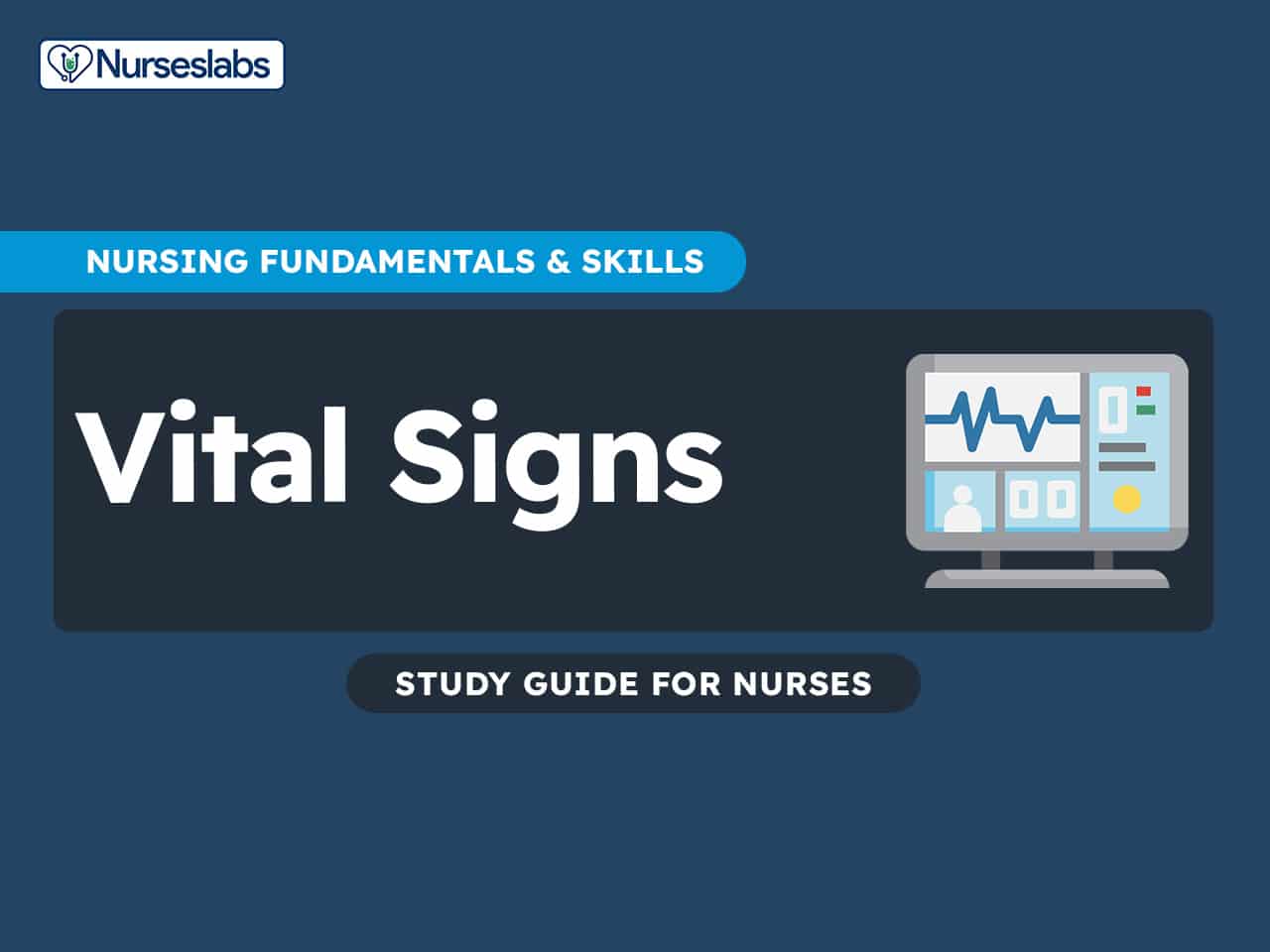

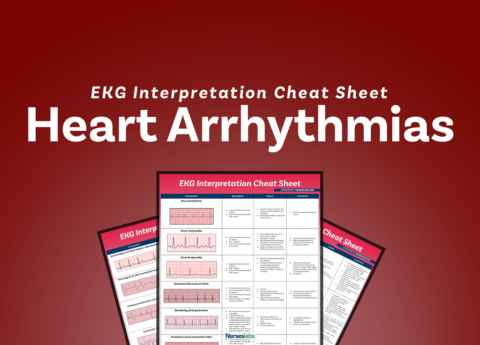



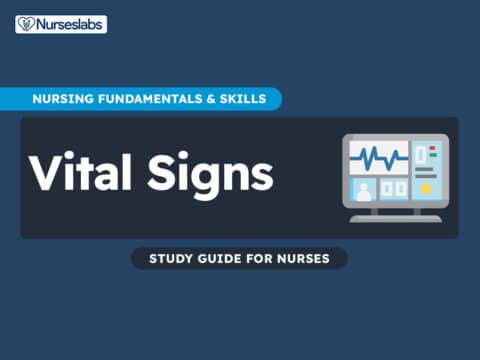

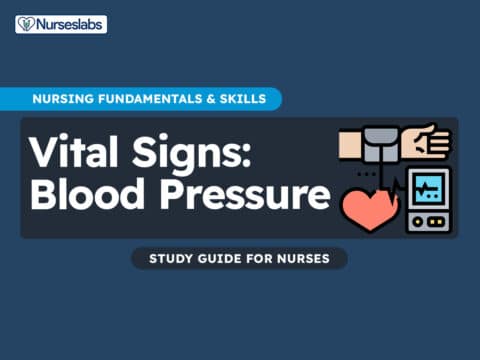


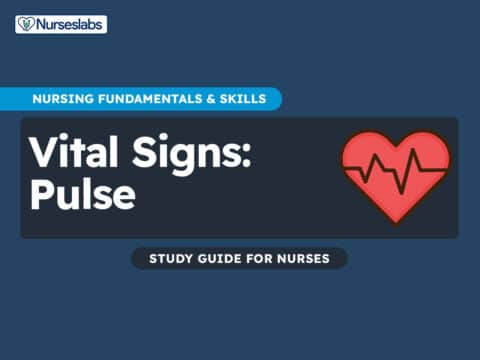
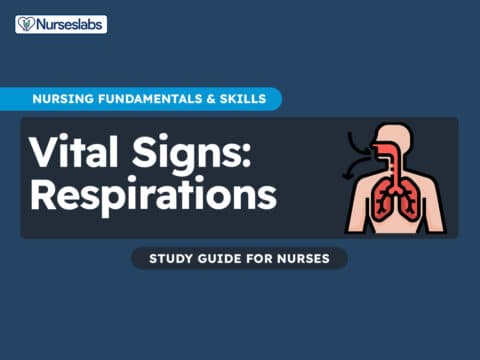
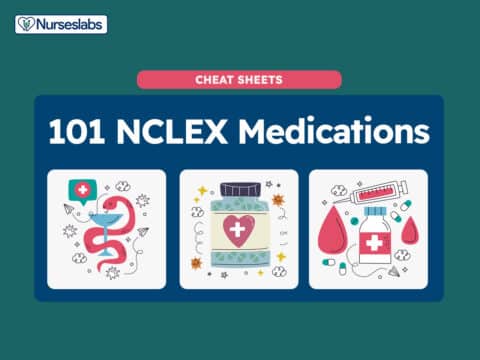
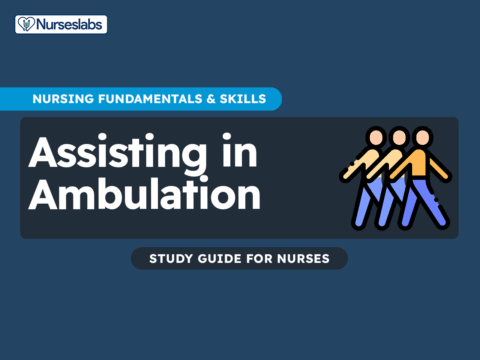
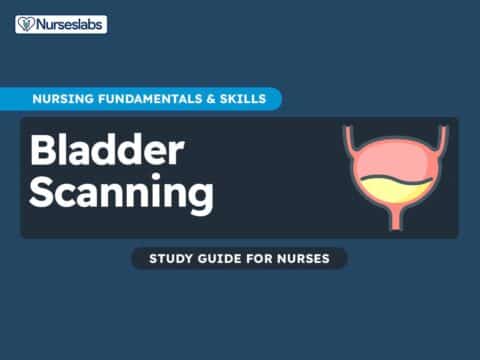
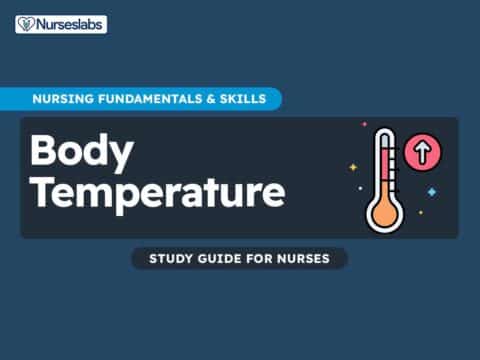


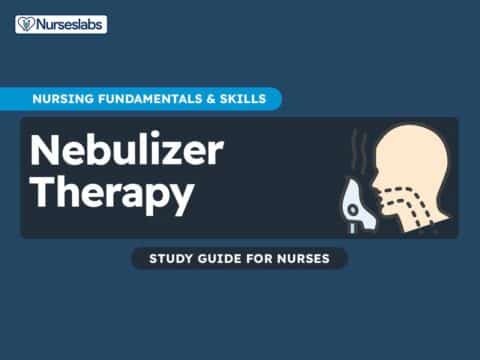





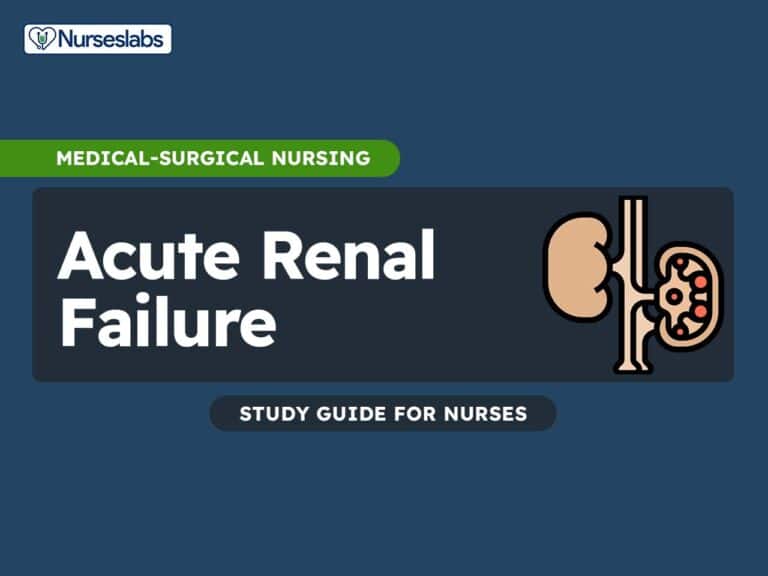
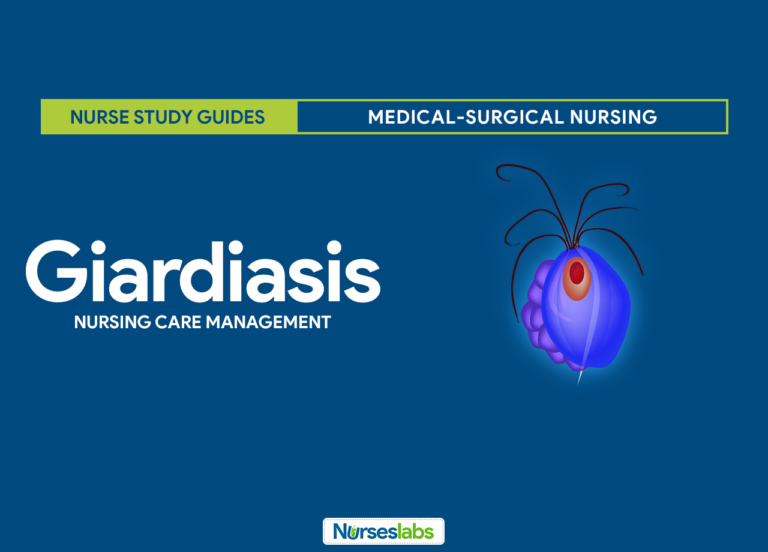


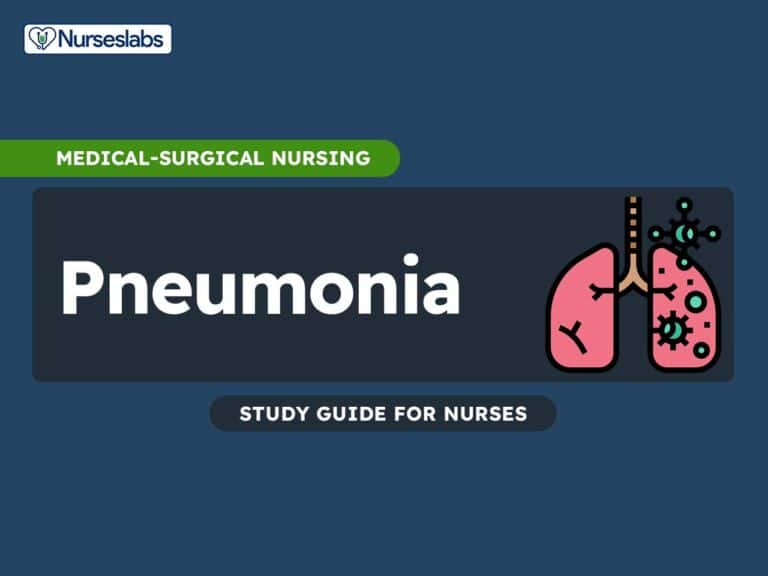


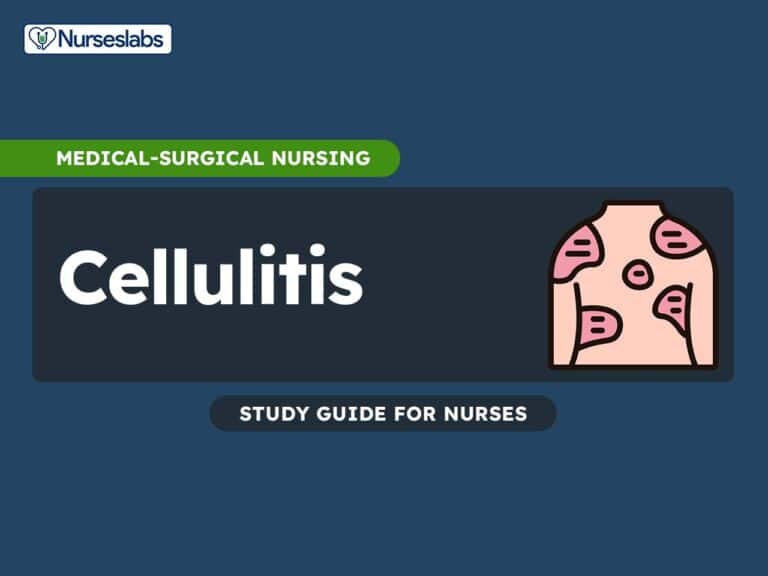
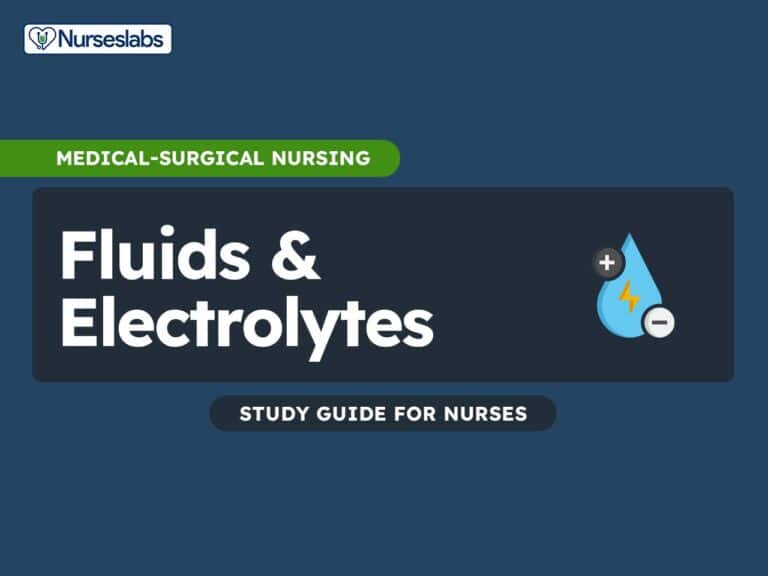
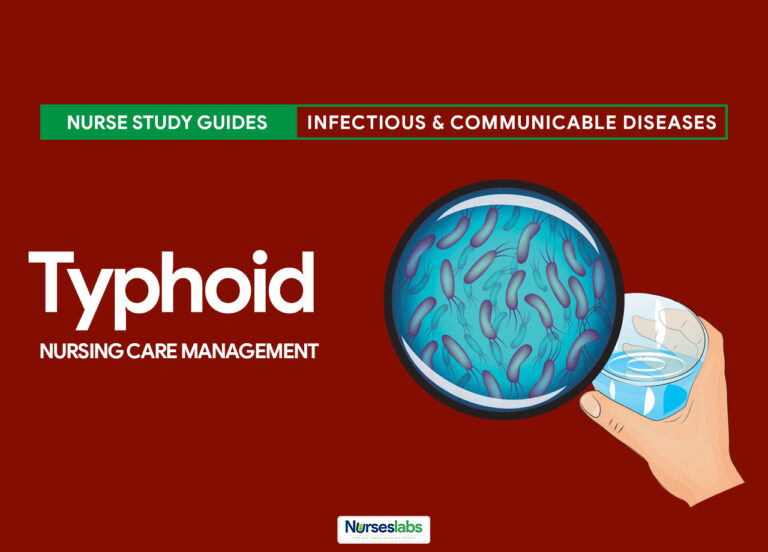

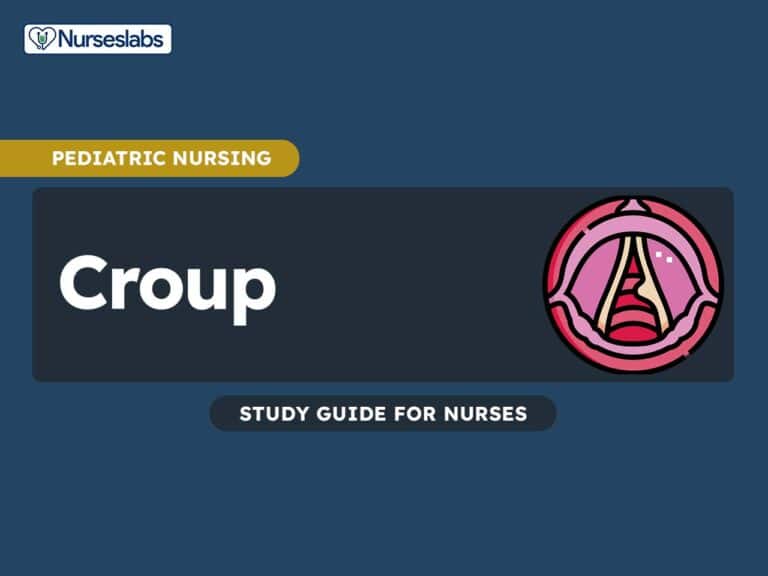
Leave a Comment